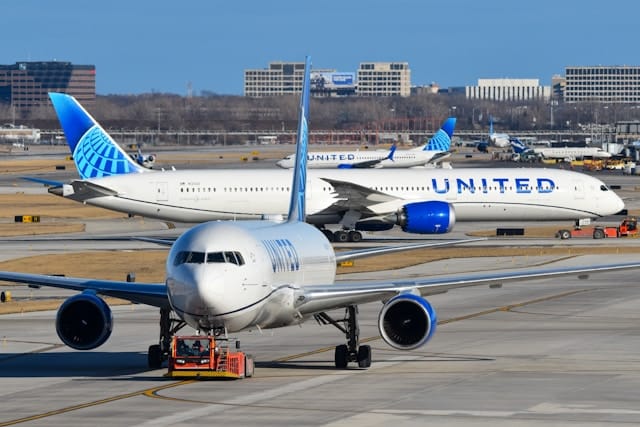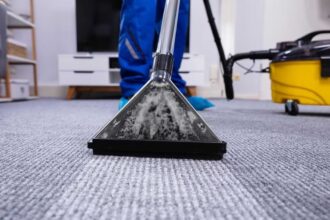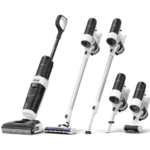An aircraft is not only a flying machine; it also depends on trust, accuracy, and attention. Although passengers are mainly concerned with the flight, what goes on behind the scenes is equally significant. Regular maintenance is important for a plane’s safety, its longevity, and its ability to function well every year. The true reason an aircraft lasts so long is due to the regular maintenance done on the ground.
Small Issues, Big Consequences
Each flight causes the aircraft to deal with changes in pressure, extreme temperatures, and continuous movement. Such stressors influence both the parts you can see and the parts you can’t see inside the plane. Maintenance teams look for issues before they become serious. A small problem like a loose bolt or a tiny crack can become much bigger with time. If these issues are found early, the aircraft is maintained well, and breakdowns are prevented.
Engines, Cabins, and Care
The engine is the heart of the plane. It must be carefully watched and regularly serviced to remain reliable. Every detail matters, from oil levels to fuel systems. But care doesn’t stop with the engine. The inside of the plane, the seats, the lights, and the temperature systems also need attention. Though these features don’t affect flying directly, they shape the experience of passengers and crew. Left unchecked, small defects become permanent damage. Regular interior upkeep helps keep an aircraft both comfortable and valuable.
Even less visible systems make a difference. One example is the waste and water system. Something as routine as replacing or managing aircraft lavatory fluid may seem small, but it prevents unpleasant issues like odor or corrosion that can shorten the life of onboard systems. These overlooked details are a reminder that every part of a plane, big or small, plays a role in its long-term health.
Protecting the Outer Shell
The outer body of an aircraft takes a beating every flight. It slices through air at high speeds, faces icy temperatures, and weathers the sun’s heat. Over time, the paint can fade or chip, exposing metal to the elements. Once the metal is exposed, rust and corrosion can begin. Regular cleaning, polishing, and repainting aren’t about looks; they’re about protection. A well-maintained exterior helps shield the structure underneath, allowing the aircraft to endure more years in service.
Hidden Dangers: Corrosion and Electrical Wear
Corrosion is one of the most dangerous and sneaky threats to aircraft longevity. It often forms in hidden places where moisture gets trapped. Because it starts small, it’s easy to miss, but over time, it can eat away at critical components. Routine checks allow technicians to catch corrosion early and stop it before it spreads.
Electrical systems also suffer with time. Wires and sensors are constantly affected by vibrations, heat, and cold. These systems control communication, navigation, and onboard responses. If they’re neglected, the risk of system failure grows, potentially leading to dangerous in-flight malfunctions or delays.
Through regular testing and replacement, these vital systems stay dependable, keeping the aircraft safe and responsive in all situations. Scheduled inspections help detect early signs of wear, prevent larger electrical faults, and ensure that all components function in sync.
Flight Control Systems and Financial Smarts
Flight control systems, like rudders, flaps, and ailerons, must work with perfect timing. These parts move constantly during flight and wear down over time. Maintenance checks help ensure that these controls don’t just work but work smoothly and safely under all conditions, including extreme weather.
Beyond safety, regular maintenance brings a financial benefit. Replacing entire systems is costly. However, smaller repairs made early can prevent those high expenses and reduce downtime. Planes that are well-maintained stay in service longer, avoid early retirement and hold their value better. For owners and airlines, this means saving money, improving operational efficiency, and keeping fleets strong and reliable.
Conclusion
In aviation, consistency is everything. Planes don’t last for decades just because they were built well; they last because they’re taken care of. The quiet, steady rhythm of maintenance gives aircraft the strength to face the skies day after day. It protects every part, from engine to cabin, wiring to wings. With regular care, an aircraft doesn’t just survive, it thrives. It becomes a reliable partner in travel, one safe landing at a time.

















